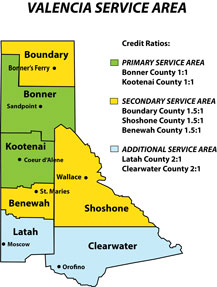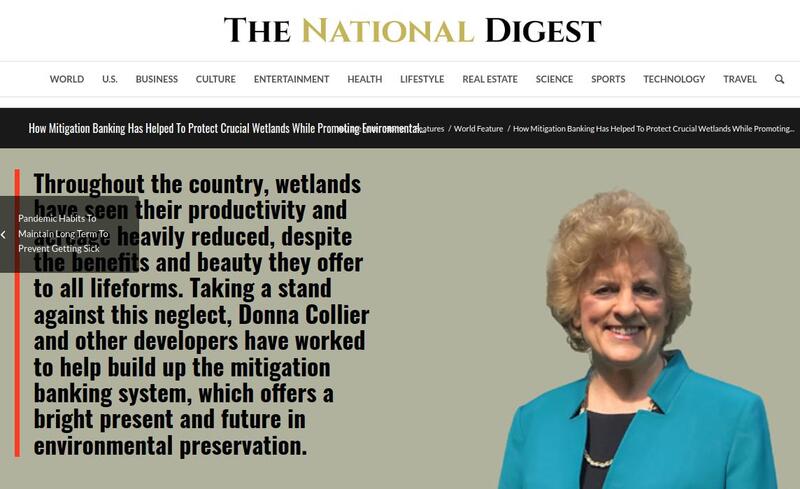Why Use A Wetland Bank
Why go to a wetland bank instead of doing it yourself?
Preference Hierarchy for Mitigation Army Corp of Engineers (33 cfr 332.3(b))
1. Mitigation Bank Credits
2. In-lieu Fee Program Credits
3. Permittee-responsible mitigation under a watershed approach
4. On-site and/or in-kind permittee-responsible mitigation
5. Off-site and/or out-of-kind permittee-responsible mitigation
In 2008 there was a rule introduced into the mitigation process that required all mitigation to fullfill these 12 items in full.
1. Objectives |
7. Maintence Plan |
2. Site Selection |
8. Performance Standards |
3. Site Protection |
9. Monitoring Requirements |
4. Baseline Info |
10. Long - Term Management |
5. Credit Determination |
11. Adaptive Management Plan |
6. Work Plan |
12. Financial Assurances |
Here at Valencia Wetland Mitigation Bank we have fullfilled all the 12 requirements for you.
Here are eight more reasons why going to a mitigation bank is more effective.
1. Fully complies with the Law.
2. When all costs are taken into account mitigation banks are more cost effective and predictable.
3. The wetland bank assumes full legal liability and responsibility.
4. Permitting time is reduced by 50%.
5. Work can begin immediately after purchasing credits from the mitigation bank.
6. Eliminates engineering design, construction, years of maintenance, and the expense of hiring a wetland professional to perform 5 to 10 years of annual monitoring.
7. Removes the obligation to obtain a conservation easement to protect the mitigation site, as the wetland bank has done this as part of their certification.
8. Without a wetland bank you would be responsible to assemble and apply extensive financial resources, planning, and scientific expertise not always available to many permittee-responsible compensatory mitigation proposals.
In its 2001 critique of compensatory mitigation, the National Academy of Sciences concluded that an estimated 80% of mitigation projects had failed. Mitigation banks offer many advantages over other options. This study prompted the introduction of the 2008 Final Rule for Mitigation, which establishes the framework for private industry to lead the environmental restoration needed to maintain responsible stewardship over the environment. Mitigation banks are virtually 100% successful in meeting permitted requirements.




